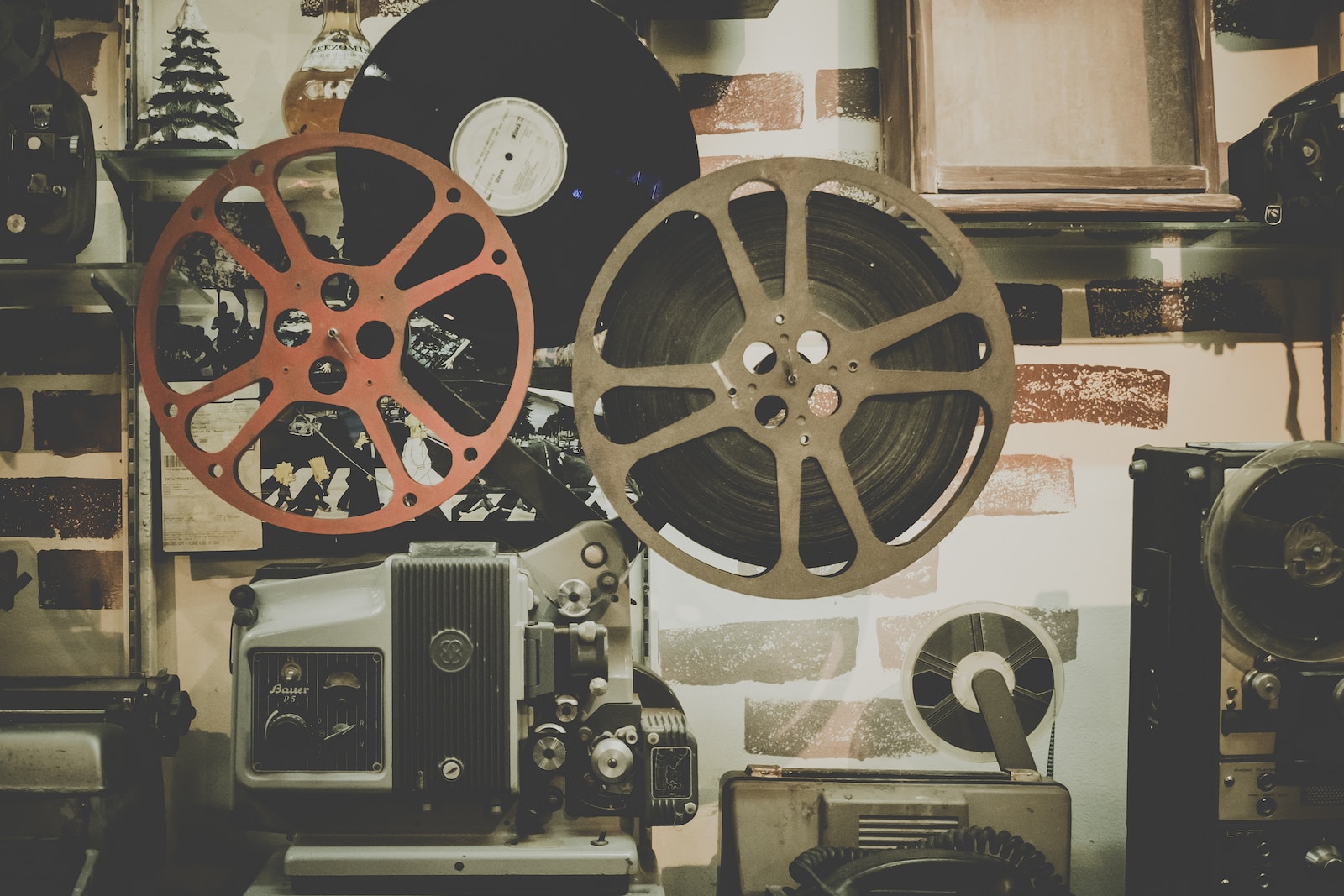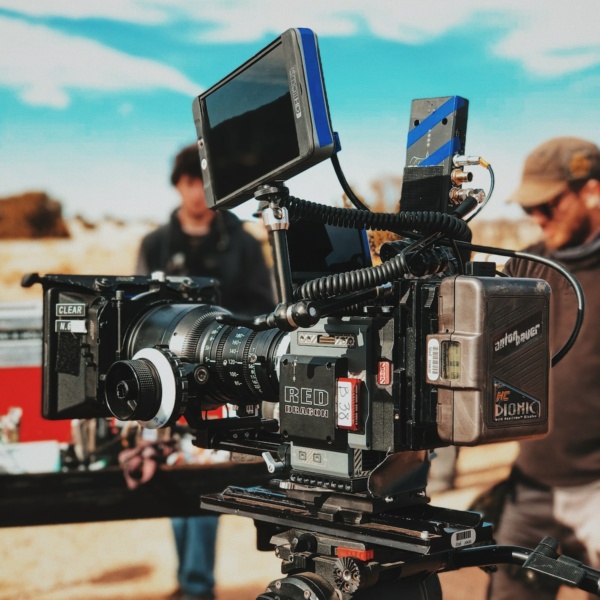
By Emma,
Hello, fellow movie enthusiasts and devoted readers of our cinematic journey! Today, we’re diving into the intriguing and often mysterious world of movie reviews. You see, dear readers, film criticism isn’t just about assessing a movie’s merits and flaws; it’s a powerful force that can shape our expectations, influence our choices at the box office or on streaming platforms, and even affect our overall enjoyment of a film. Join me as we explore the complex interplay between movie reviews and viewer expectations, with a sprinkle of humor and a dash of human insight.
The Power of Preconceived Notions
Have you ever walked into a movie theater with a head full of expectations, thanks to glowing reviews or scathing critiques? If you have, you’re not alone. Movie reviews have an undeniable influence on our preconceived notions about a film. They set the stage for what we’re about to experience, for better or for worse.
When a film receives a slew of rave reviews, our expectations can skyrocket to the stratosphere. We envision an epic masterpiece that will leave us speechless. Conversely, if a movie is lambasted by critics, we might brace ourselves for a cinematic train wreck. These expectations can color our perception of the film before the opening credits even roll.
The Hype Machine
Let’s talk about hype, shall we? In the age of social media and instant communication, hype can spread like wildfire. A well-crafted trailer, a tantalizing poster, and a few tantalizing tweets can turn a movie into a cultural phenomenon before it even hits theaters. But it’s often movie reviews that add fuel to the fire.
Take the example of Christopher Nolan’s “Inception” (2010). Months before its release, the film generated immense buzz, thanks in part to cryptic teasers and the anticipation of a mind-bending narrative. When the first reviews hit, they were overwhelmingly positive, fueling the hype train to full steam ahead. By the time the film premiered, expectations were sky-high. And guess what? “Inception” delivered, earning both critical acclaim and commercial success.
However, the flip side of the hype machine can be just as potent. If a highly anticipated movie falls short of its lofty expectations, the backlash can be swift and unforgiving. The collective disappointment of fans and critics can tarnish a film’s reputation, leaving it forever associated with dashed hopes and unmet promises.
The Art of the Rave Review
Now, let’s explore the art of the rave review. When a critic showers a film with praise, their words can serve as a siren call to moviegoers. A well-crafted review can make a film sound so enticing that it becomes a must-see event. It’s like a tantalizing menu description at a fancy restaurant that makes your mouth water in anticipation.
Imagine reading a review that describes a film as “a breathtaking cinematic masterpiece that will leave you on the edge of your seat from start to finish.” Sounds irresistible, right? The next thing you know, you’re standing in line at the box office, eager to experience the magic for yourself.
However, there’s a catch. When a film is hyped to the moon and back, it can be difficult for it to live up to the lofty expectations set by those rave reviews. As the saying goes, “The bigger they are, the harder they fall.” A film that’s hailed as a masterpiece can leave you feeling underwhelmed if it doesn’t meet those sky-high standards.
The Dangers of the Spoiler Review
Ah, the spoiler review—a double-edged sword of movie criticism. On one hand, spoiler-filled reviews can provide in-depth analyses of a film’s plot, themes, and character development. They can be a treasure trove of insights for cinephiles who love to dissect every frame of a movie.
However, there’s a dark side to spoiler reviews. While they can be immensely satisfying for those who have already seen the film, they can inadvertently ruin the experience for those who haven’t. Even a well-intentioned spoiler warning at the beginning of a review can’t undo the damage once a crucial plot twist or character fate has been revealed.
This highlights a delicate dance that movie reviewers must perform—to provide insightful analysis without spoiling the magic of a film for potential viewers. Striking that balance can be a challenging tightrope walk, but it’s crucial for preserving the element of surprise and wonder that makes cinema so magical.
The Art of Constructive Criticism
On the flip side of rave reviews, we have constructive criticism. When a critic points out a film’s flaws and shortcomings, they provide valuable feedback that can help filmmakers grow and improve. Constructive criticism is like a mentor offering guidance to a talented apprentice—it’s rooted in a desire to see the art form evolve and flourish.
However, constructive criticism can also be a double-edged sword for viewers. While it provides a nuanced perspective on a film’s strengths and weaknesses, it can also create a sense of apprehension. If a film is critiqued for its pacing issues, plot holes, or uneven performances, viewers may enter the theater with a heightened awareness of these potential flaws. Instead of surrendering to the story, they may find themselves scrutinizing every detail, searching for confirmation of the criticisms they’ve read.
The Influence of Peer Pressure
Peer pressure isn’t just for high school; it extends to the world of cinema too. When everyone is talking about a particular film, it can be challenging to resist the urge to join the conversation. FOMO (Fear of Missing Out) is a powerful force, and the fear of being left out of the cultural zeitgeist can push viewers to watch a movie simply because “everyone else is doing it.”
This phenomenon often occurs in the wake of major award nominations or wins. When a film is lauded with Oscars, Golden Globes, or other prestigious awards, it can become the topic of watercooler discussions, social media chatter, and endless memes. In such cases, the influence of movie reviews can extend beyond the words of critics to the collective opinions of the masses.
The Quest for Authenticity
In recent years, there has been a growing desire for authentic and diverse voices in film criticism. The traditional role of the film critic as a gatekeeper of cinematic taste has evolved, with more critics and reviewers from underrepresented backgrounds entering the conversation. This shift has led to a broader range of perspectives and a more inclusive approach to film criticism.
Authentic voices in film criticism have the power to reshape viewer expectations in profound ways. They can bring attention to films that may have been overlooked by mainstream critics and provide fresh insights into storytelling, representation, and cultural significance. This movement reminds us that the influence of movie reviews isn’t just about setting expectations; it’s also about reshaping the landscape of cinematic discourse.
The Final Act: A Balancing Act
As we reach the final act of our exploration into the influence of movie reviews, one thing becomes clear: movie reviews are a powerful force that can shape our expectations, influence our choices, and impact our overall enjoyment of a film. However, it’s essential for viewers to strike a balance between engaging with reviews and allowing themselves the freedom to form their own opinions.
Ultimately, a movie review is just one perspective among many. It’s a piece of the cinematic puzzle, but it’s not the whole picture. So, the next time you read a review or hear buzz about a film, remember that your own experience of the movie is a unique journey—one that unfolds in the darkened theater of your own imagination. Embrace the influence of movie reviews as a guide, but allow yourself the joy of discovering the magic of cinema on your terms. After all, the most rewarding cinematic experiences are often the ones that surprise and delight us when we least expect it. Happy watching, dear cinephiles!


